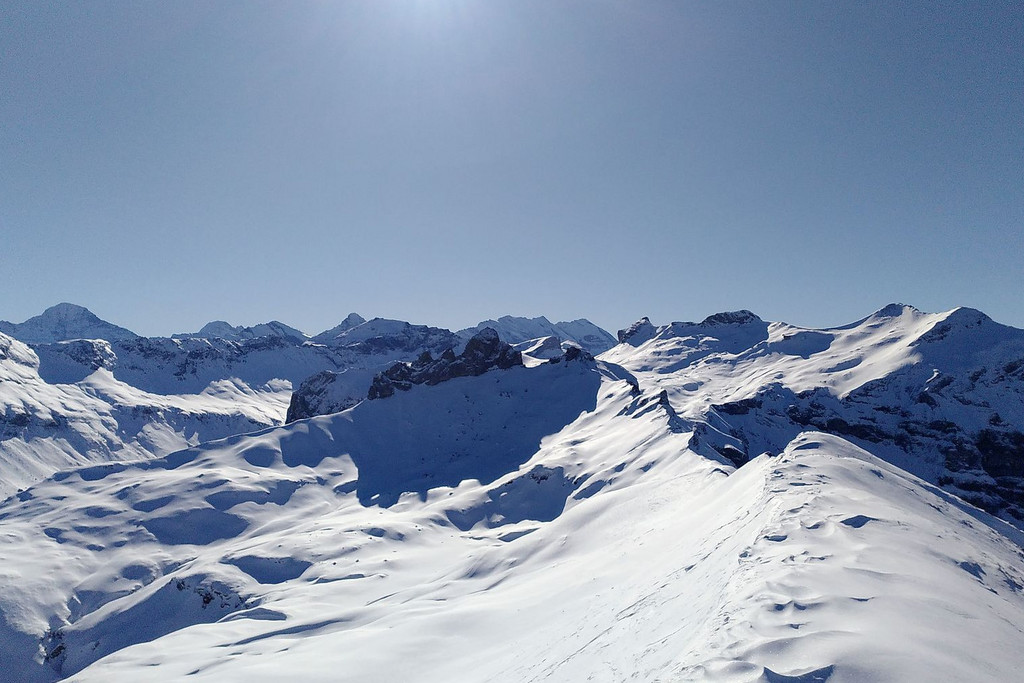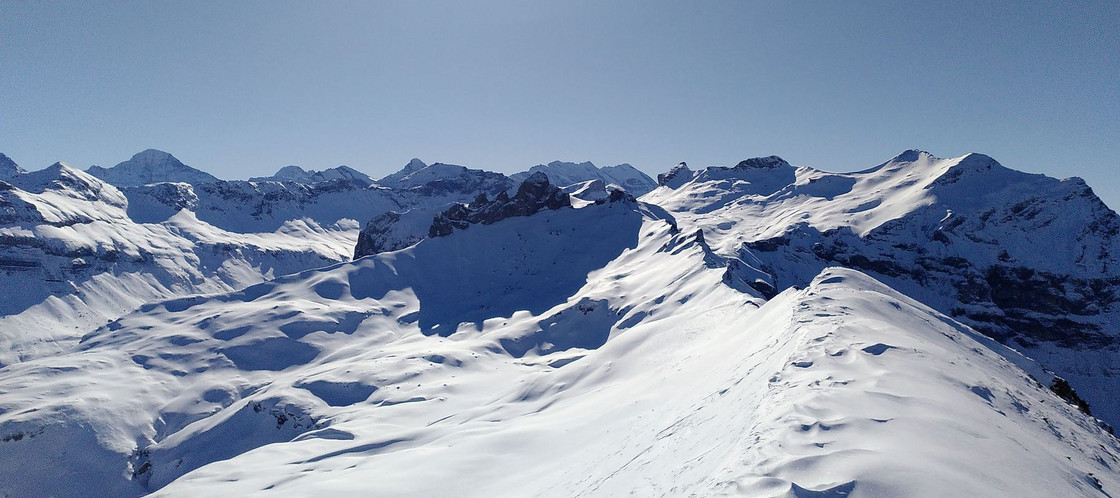
The return of emergency stockpiling

Priests: from protectors to abusers

A shift to the right, and other hot potatoes

When continents collide


When we visit the Swiss Alps, we see pastures, glittering mountain streams, steep cliffs and precipitous peaks. What we do not see are two tectonic plates colliding deep beneath our feet. The Alps were formed when the African continental plate came up against the Eurasian continental plate, thrusting the earth’s crust upwards. Our present-day view above ground is but a snapshot of this ongoing geological process.

If we lived long enough, we would notice the Matterhorn growing by around 1,500 metres every one million years as the African and Eurasian plates continue to collide. Likewise, we would see how the outside elements shave more or less 1,500 metres off the top of the Matterhorn every one million years. This permanent give-and-take gets lost in the supposed here-and-now of immovable, unyielding, rock-solid Swiss mountains epitomising a country made in their image.
But this image is crumbling. It is not only our Alpine glaciers that are receding in real time. The mountains themselves seem more fragile. Dangerous rockfalls and landslides are a physical symptom of this malaise. They also undermine the myth of permanency and have an acute emotional impact.
We delve into this issue more closely in our lead article, with good reason following the one-million-cubic-metre avalanche of rocks that fell just short of the village of Brienz-Brinzauls this summer – the latest in a line of dramatic landslide events that include Randa in 1991, Gondo in 2000, and Bondo in 2017. Most recently at the end of August, a mass of earth and rock rolled down the slope above Schwanden in the canton of Glarus, destroying or burying more than half a dozen houses and barns – as if we needed further proof that our mountains are moving.
Apropos the Alps – anyone can sit down and enjoy the beautiful mountain scenery from a plethora of benches dotted around our country. Public benches tend to be positioned where the local tourist board thinks the best view is. They are a ubiquitous piece of outdoor furniture. Switzerland boasts myriad benches of different shapes and sizes – from sturdy to rickety, large to small, from bright red to natural and weather-worn – in every possible and impossible place. Read all about it in our article.

Comments